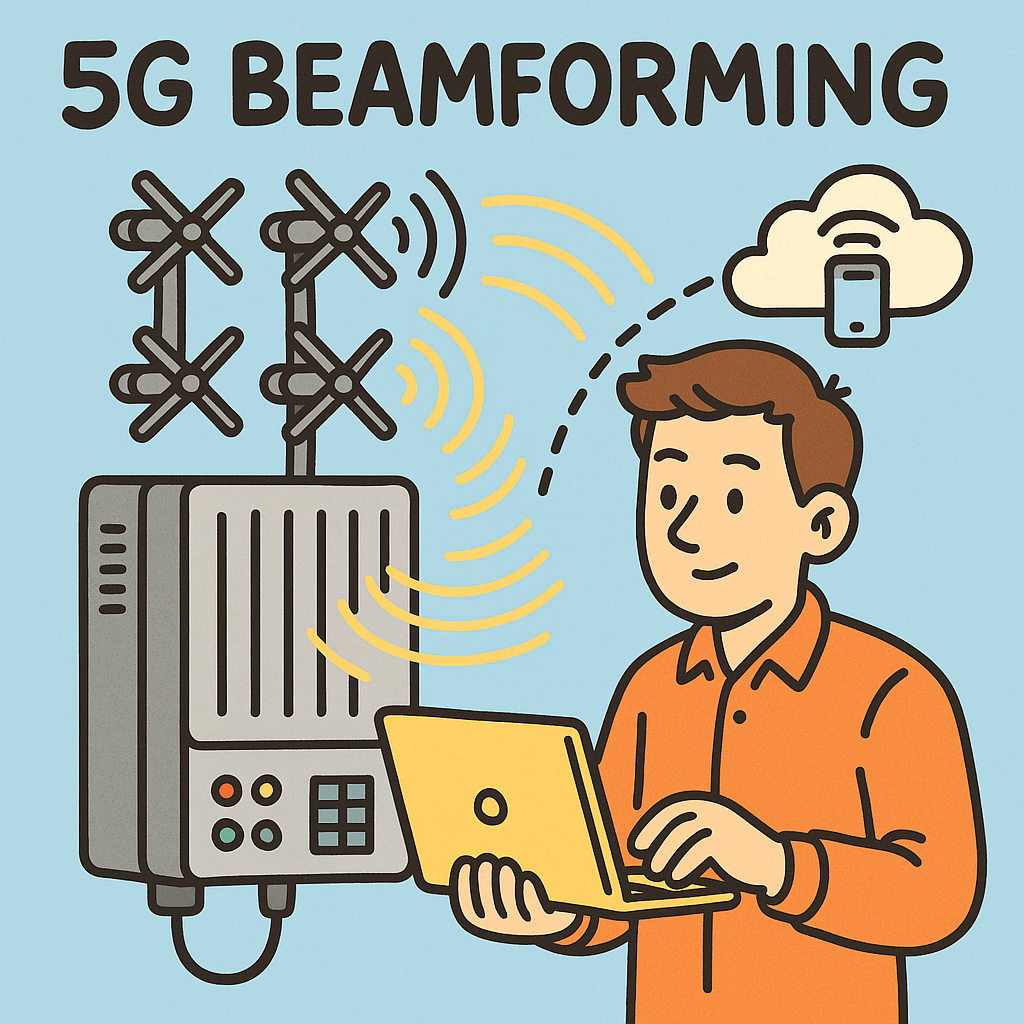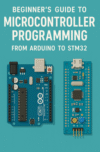Understanding the Challenges of Real-Time Firmware in 5G mmWave
As we venture deeper into the era of 5G, the demand for high-speed, reliable communication has never been greater. At the forefront of this technological revolution is the implementation of adaptive beamforming in millimeter-wave (mmWave) base station units. However, optimizing real-time firmware for such systems presents a unique set of challenges. These challenges stem from the intricacies of hardware capabilities, algorithmic requirements, and the ever-present need for low latency.
The Role of Beamforming in 5G
Beamforming is a signal processing technique that allows a base station to direct its radio frequency energy in specific directions rather than uniformly in all directions. This focused approach not only enhances the signal quality and range but also mitigates interference with other users. In mmWave systems, where bandwidth is abundant but propagation characteristics are challenging, the importance of adaptive beamforming becomes even more pronounced.
Firmware Architecture: Balancing Complexity and Performance
The firmware architecture for mmWave base stations must strike a balance between complexity and performance. At its core, the firmware needs to manage multiple antennas, each capable of transmitting and receiving signals. This requires sophisticated algorithms that can adapt to changing environments in real-time, such as user mobility or environmental obstructions.
- Multi-threading and Real-Time Processing: Implementing multi-threading within the firmware can help manage the various tasks involved in beamforming, such as channel estimation, signal processing, and user tracking. However, this introduces challenges such as potential race conditions and increased latency if not managed correctly.
- Memory Management: Efficient memory management is crucial. The firmware must process large amounts of data from the antennas while ensuring that the hardware resources are not overwhelmed. Utilizing techniques like buffer management and circular queues can help streamline data flow without bottlenecks.
Algorithmic Challenges in Adaptive Beamforming
Adaptive beamforming algorithms, such as Minimum Variance Distortionless Response (MVDR) and Constant Modulus Algorithm (CMA), play a pivotal role in optimizing the beam patterns. The complexity of these algorithms can lead to significant computational overhead, which can hinder real-time performance if not addressed.
- Latency Constraints: In a 5G environment, the latency requirements are stringent. This necessitates the use of approximate computing techniques to reduce the computational load while still delivering acceptable performance. For instance, employing simpler algorithms during peak traffic periods can yield faster responses.
- Adaptive Learning: The incorporation of machine learning techniques can dynamically adjust beamforming strategies based on historical data. However, this requires a robust firmware foundation that can handle the additional computational load and ensure real-time processing.
Real-World Design Trade-offs
When designing real-time firmware for adaptive beamforming, engineers face numerous trade-offs. One prominent area is the choice between hardware acceleration and software processing. While hardware accelerators, such as FPGAs or ASICs, offer substantial performance boosts, they come with increased design complexity and cost. On the other hand, a purely software-based approach, while flexible, may struggle to meet the stringent latency requirements of 5G systems.
The Importance of Testing and Validation
Before deployment, extensive testing and validation of the firmware are essential. This includes simulating various environments and user scenarios to ensure that the adaptive beamforming algorithms can perform reliably under different conditions. Utilizing hardware-in-the-loop (HIL) simulations can provide insights into how the firmware interacts with actual hardware, helping to identify potential bottlenecks or failures before they occur in the field.
Conclusion: The Future of Adaptive Beamforming
As we push the boundaries of 5G technology, optimizing real-time firmware for adaptive beamforming will continue to be a critical area of focus. The challenges are complex, but through careful architectural decisions, algorithmic innovations, and rigorous testing, engineers can unlock the full potential of mmWave communication, paving the way for a future of seamless connectivity.



